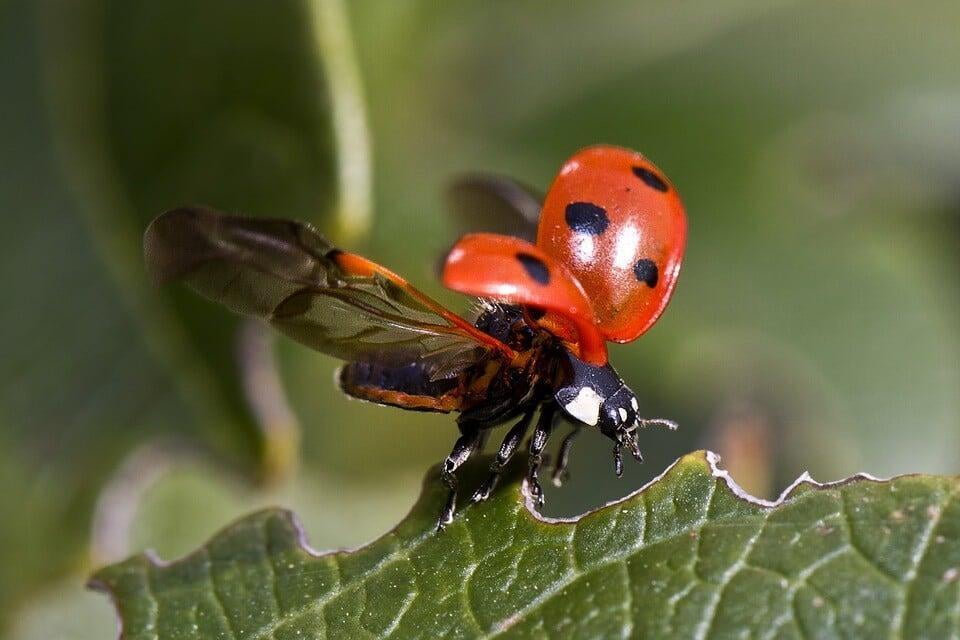Bugs!
A common word in everyday life; bed bug, a bug in the software, or someone bugging you. But did you know that taxonomists (biologists who group organisms into different categories) use BUG to specify a particular group of insects? Of the million-insect species, there are about 80,000 belonging to insect order Hemiptera, also known as true bugs.
How do bugs look?
The bug appears in many different body shapes, colours and sizes. Size varies from 1mm (Ex. Bedbug) to 15 inches (Ex. giant water bug). Commonly all bugs possess a long slender beak-shaped mouth-part that looks like a straw (technically called as proboscis). The bugs suck the fluid contents from the plants through the proboscis. Exceptions exist for some bugs that feed on animals (Ex. Bedbug).

Bugs also have wings, but the front pair is thicker at the base (half-hard) while at the tips they are clear, sometimes looking like half-winged. So, the name Hemiptera which means in Greek half wing (Hemi=half; ptera="win"g). We can also easily distinguish bugs by the unpleasant smell/odour that they emit when threatened. This order is due to pheromones called alarm pheromones. This protects the insect from predator insects (Ex. Stinkbug, the smelliest species among the plant bugs)
How do bugs annoy the growers?
- Bugs inject the poison into the young shoots of plants, flowering buds, and fruits while it sucks the juice from the plant tissues.
- Some bugs will carry disease like blight from one plant/tree to another to another (Ex. Stink bug).
How to spot bugs in your garden?
- Black spots and holes on the surface of shoots and buds indicate bug infestation.
- In case of severe infestation blackened shoots are noticed at the terminal region of the plant.
- Deformed plant roots (=under development) and ruined flowers are also signs of damage.
- In fruit crops like peach, pears, and strawberry, damage appears as a dimple or scab on fruits.
How to manage bugs?
- One way to get rid of bugs is to collect and destroy them manually. But, one must be cautious as some bugs may cause allergies to humans as they produce alarm pheromones.
- Prune out the damaged foliage.
- Once the plant lifecycle is over, remove all residues left behind as bugs may emerge again from the left-out waste.
- Spray pyrethrum (synthetic insecticide extracted from the flowers of one chrysanthemum species) on your plants, at early morning hours, when bugs are least active.
- Grow crop species which are resistant to bug infestation.
- The release of parasites (ex: tachinid fly eggs) and general predatory insects will contribute to keeping the bugs population within a limit.
Happy Growing!